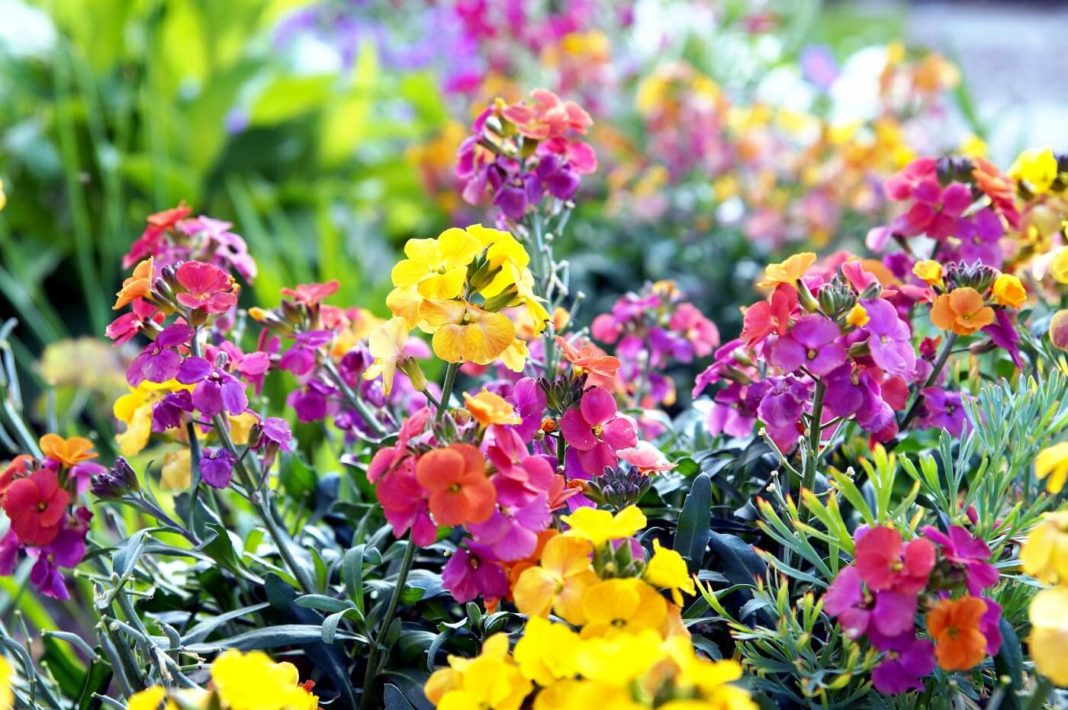Erusimum – Wallflowers – are mainly grown as a spring-summer bedding plant, many of which produce delightfully scented flowers.
Colours come in pale blues, greens, pinks, creamy yellows, warmer reds, oranges, hot pinks, and golden yellows!
Varieties have colour-changing blooms, which open bright yellow or orange and fade in shades of pink to a deep purple.
Most wallflowers are bedding plants, usually grown from seed in late spring and grown on to plant out in autumn or following spring.
Perennial varieties are best grown from young plants, bare-rooted, ready for planting out in autumn, becoming increasingly popular.
Flowering the following March, they offer a much needed splash of colour.
Perennial wallflowers are a great source of nectar, providing a reliable source of food for all pollinators.
Grown best in moist but well-drained soil, in full sun to partial shade.
Sow bedding (biennal) wallflowers annually, in late spring and plant out in autumn.
Perennial wallflowers are planted out during May- September. Periodically cut back to maintain a good shape, which will also promote new flowering. Regularly take cuttings, to ward against any losses.
Bedding (biennial) wallflowers work well when planted with spring bulbs; tulips and daffodils, and can also be grown in pots. Plant along the edge of a path for a spring display.
Perennial wallflowers are best planted towards the front of a mixed ornamental border.
Easy to propagate and in the right conditions, they will self-seed. They are sterile, won’t set seed and need to be propagated from cuttings. They are short lived and can become woody. Take cuttings annually to insure against losses.
Perennial wallflowers can cope with cold weather and short burts of frost. However, they can’t cope well with wet and windy winters, so make sure the soil is well drained and protected from wind.
Wallflowers are part of the brassica family, and can be prone to club root and other diseases, namely downy mildew, leaf blight and flea beetles. Beware of slug and snail damage to young plants.






